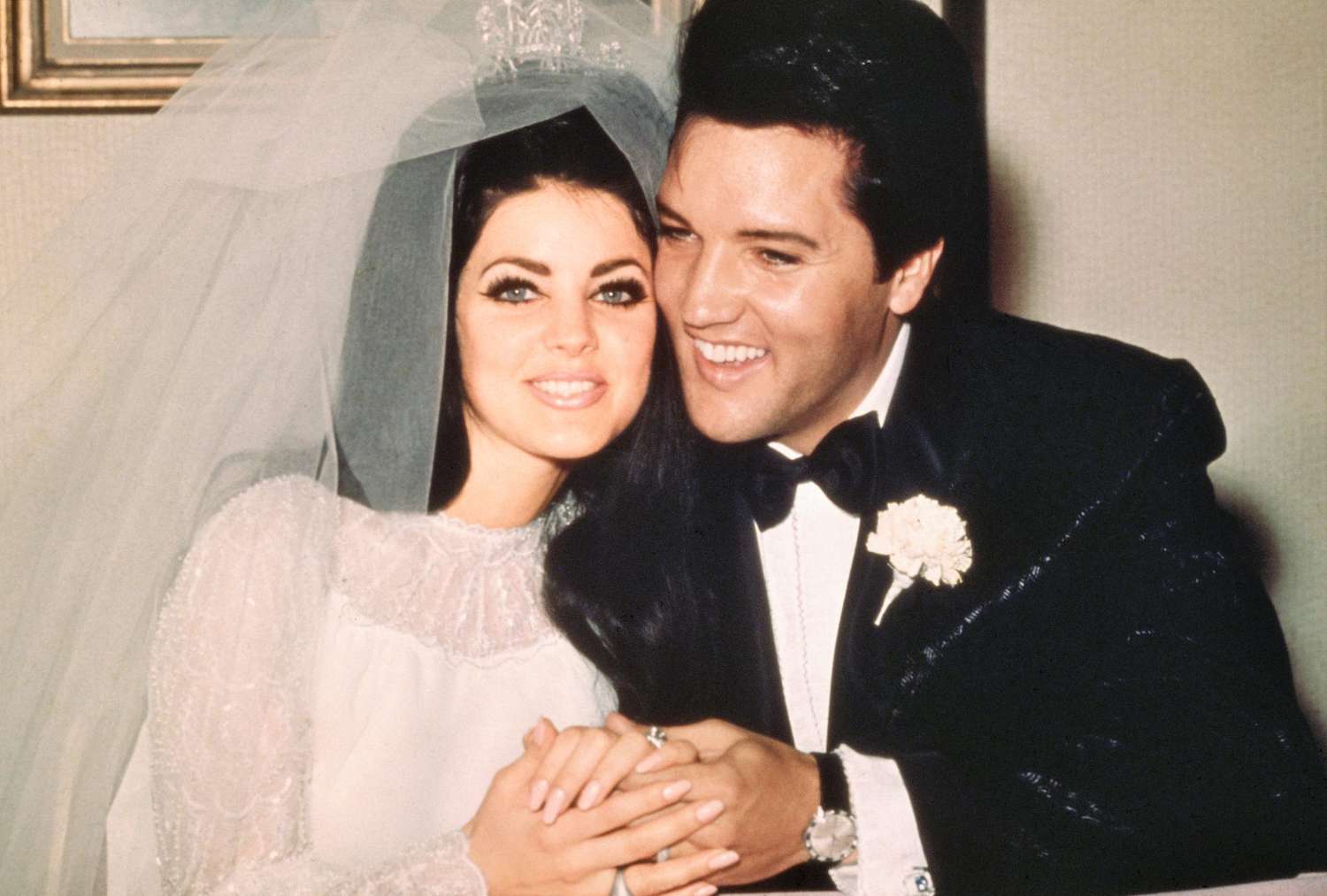
Who was Dagmar Overbye? Dagmar Overbye was a Danish serial killer active in the early 20th century. Born in 1887, she committed heinous crimes that shocked Denmark and the world. Overbye ran a baby farming business, where she took in unwanted infants for a fee. Instead of caring for them, she murdered many of these innocent children. Her crimes were discovered in 1920, leading to her arrest and subsequent trial. Overbye was convicted of killing nine children, though she confessed to more. Her case led to significant changes in Danish child welfare laws. Dagmar Overbye's story is a chilling reminder of the dark side of human nature.
Key Takeaways:
- Dagmar Overbye, a Danish serial killer, shocked the nation by targeting infants in the early 20th century. Her crimes led to significant changes in child welfare laws and public awareness.
- Overbye's chilling story serves as a cautionary tale about the dangers of unchecked power and trust. It highlights the need for better support systems for vulnerable individuals and public education on child welfare.
Who Was Dagmar Overbye?
Dagmar Overbye was a Danish serial killer who committed heinous crimes in the early 20th century. Her story is both chilling and fascinating, revealing dark aspects of human nature.
- Born in Denmark in 1887, Dagmar Overbye grew up in a small village.
- She moved to Copenhagen in her early twenties, seeking better opportunities.
- Overbye worked as a nanny and midwife, gaining the trust of many families.
- She was married twice and had three children, though only one survived infancy.
- Her crimes were committed between 1913 and 1920, targeting infants.
The Crimes of Dagmar Overbye
Overbye's crimes were particularly heinous because they involved the most vulnerable members of society: infants. She exploited her position as a caretaker to commit these acts.
- She murdered at least 9 infants, though some estimates suggest the number could be as high as 25.
- Overbye would often take in babies from unwed mothers, promising to find them good homes.
- Instead, she would kill the infants and dispose of their bodies in various ways.
- Methods of murder included strangulation, drowning, and burning.
- She kept meticulous records of her crimes, which later served as evidence against her.
The Investigation and Arrest
The investigation into Overbye's crimes was a turning point in Danish criminal history. It highlighted the need for better child protection laws and more rigorous oversight of caretakers.
- The investigation began when a mother reported her missing child to the police.
- Authorities discovered inconsistencies in Overbye's stories, leading to further scrutiny.
- Police found baby clothes and other incriminating evidence in her home.
- Overbye was arrested in 1920, shocking the nation.
- Her trial was one of the most sensational in Danish history, drawing massive public interest.
The Trial and Conviction
Overbye's trial was a landmark case in Denmark, setting precedents for future criminal proceedings. It also brought attention to the plight of unwed mothers and their children.
- The trial began in March 1921 and lasted several weeks.
- Overbye confessed to some of the murders but denied others.
- She showed little remorse during the trial, further horrifying the public.
- The court found her guilty of nine murders, though she was suspected of many more.
- She was sentenced to death, a rare punishment in Denmark at the time.
The Aftermath and Legacy
The case of Dagmar Overbye had lasting impacts on Danish society and law. It led to significant changes in how child welfare was managed and highlighted the need for better oversight.
- Overbye's death sentence was later commuted to life imprisonment.
- She died in prison in 1929, under mysterious circumstances.
- The case led to the establishment of more rigorous adoption and childcare laws in Denmark.
- It also spurred public debate about the treatment of unwed mothers and their children.
- Overbye's story has been the subject of numerous books, articles, and documentaries.
Cultural Impact
The story of Dagmar Overbye continues to fascinate and horrify people. It serves as a grim reminder of the potential for evil in seemingly ordinary individuals.
- Overbye has been compared to other infamous female serial killers like Amelia Dyer.
- Her crimes have been dramatized in plays and films, capturing public imagination.
- The case is often cited in discussions about child protection and criminal psychology.
- Overbye's life and crimes are studied in criminology courses around the world.
- Her story serves as a cautionary tale about the dangers of unchecked power and trust.
Psychological Profile
Understanding Overbye's psychological makeup can provide insights into her motivations and actions. This aspect of her story is crucial for comprehending the full scope of her crimes.
- Overbye exhibited traits of psychopathy, including a lack of empathy and remorse.
- She was highly manipulative, able to gain the trust of desperate mothers.
- Some experts believe she may have suffered from a personality disorder.
- Her meticulous record-keeping suggests a need for control and organization.
- Overbye's ability to lead a double life indicates a high level of cunning and deceit.
Lessons Learned
The case of Dagmar Overbye offers several important lessons for society. It underscores the need for vigilance and better systems to protect the vulnerable.
- The importance of thorough background checks for caregivers became evident.
- The case highlighted the need for better support systems for unwed mothers.
- It also showed the necessity of public awareness and education about child welfare issues.
Final Thoughts on Dagmar Overbye
Dagmar Overbye's story is a chilling reminder of the dark corners of human nature. Her actions shocked early 20th-century Denmark, leaving a lasting impact on society. Overbye's crimes led to significant changes in child welfare laws, highlighting the importance of protecting vulnerable children. Her case remains a crucial study for criminologists and historians alike, offering insights into the mind of a serial killer. While her name may not be as well-known as other infamous criminals, the horror of her deeds ensures she won't be forgotten. Learning about Overbye's life and crimes underscores the need for vigilance and compassion in safeguarding those who cannot protect themselves. Her story, though grim, serves as a powerful lesson in the ongoing fight for justice and child protection.
Frequently Asked Questions
Was this page helpful?
Our commitment to delivering trustworthy and engaging content is at the heart of what we do. Each fact on our site is contributed by real users like you, bringing a wealth of diverse insights and information. To ensure the highest standards of accuracy and reliability, our dedicated editors meticulously review each submission. This process guarantees that the facts we share are not only fascinating but also credible. Trust in our commitment to quality and authenticity as you explore and learn with us.


